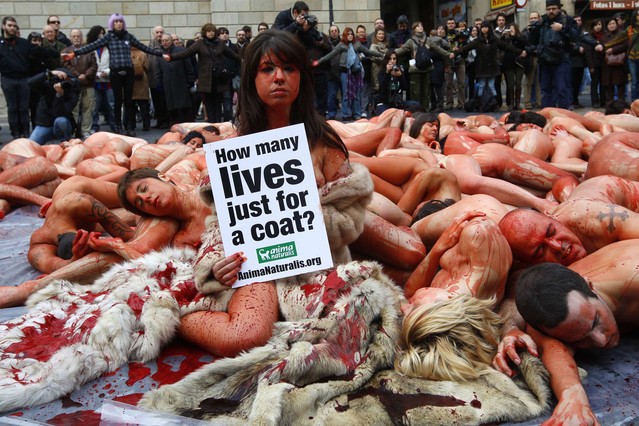Gross seemed to give reasons as to why our society looks at homosexuals the way that they do. He blames mass media, like television, and movies. Gross states that “Heterosexism represents the belief that a particular complex of culturally defined sex and gender roles and responses is natural, that other configurations are unnatural-deficient, diseased or delinquent- and, again, that these differences represent a value dimension in which the ‘natural’ is the better alternative” (Gross,193). Gross brings up a solid point when he talks about how mass media outlets play a vital role is social definition for men and women. “in the absence of adequate information in their non-mediated environment, most people, gay or straight, may have little choice other to accept the narrow and negative stereotypes they encounter as being representative of gay people” (195). Heterosexism is so evident in our way of watching the media and that in itself instills the views that we have about our society and culture.


A solid example of this, as an avid Soprano’s viewer was in when Tony and the crew shot and killed Vito because he was gay. This shows a direct correlation to the power that the media has to show the “power” heterosexuals have over homosexuals. What Gross explains is that the history of homosexuals and in particular heterosexism among mass media outlets does not seem to be changing. “There surely are opportunities in the new communications order for more equitable and morally justifiable structures and practices, but I am not sure we can get there from here” (201). Our society and culture seems to stubborn about change.







